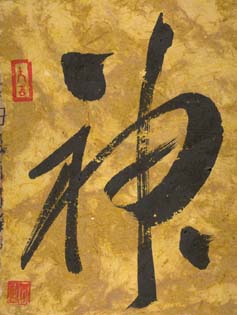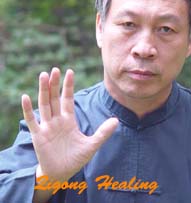Modern Chinese Medicine
The Most Comprehensive Theory
Modern Chinese Medicine Therapy combines concepts of modern anatomy and physiology with traditional Chinese medicine diagnosis and treatment. By using the best from eastern and western medicine, a most effective medicine system is created. A typical example of this is Tom Tam’s Qi Loop.
Our Modern Chinese Medicine Therapy is the guiding principle of our health philosophy.
Modern Chinese Medicine Organic – The Six Energetics:
According to Modern Chinese Medicine, our body possesses six layers of energetics:
1) Energetic sources: The first level consists of Jing-Essence, Qi-Energy and Shen-Spirit which supply energy to the other layers.
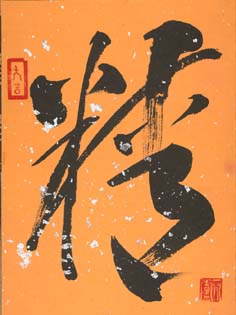
Jing – Essence |

Qi – Energy |
Shen – Spirit |
2) Pre-natal energetics: These include the eight pre-natal meridians:
- Ren mai
- Du mai
- Chong mai
- Dai mai
- Yin Wei mai
- Yang Wei mai
- Yin Chao mai
- Yang Chao mai
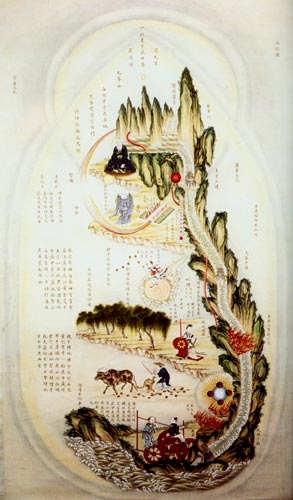
These pre-natal meridian systems are very effective for cross meridian (regular meridian) functions.
They are responsible for the development of the fetus during the first stage of our development cycle. During this time, the organs are not fully formed, thus the organ functions are mixed together and performed by these pre-natal functions.
 3) Energetic functions: Zhang, fu, qi, blood, tendon, vessel, bone and marrow are the major body functions which are developed by the prenatal energetics.
3) Energetic functions: Zhang, fu, qi, blood, tendon, vessel, bone and marrow are the major body functions which are developed by the prenatal energetics.
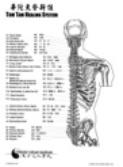 4) Tom Tam Healing System: This system is mainly based on the HuaTo JiaJi system. It includes the head, the neck and Qi Loop theory, a new way of understanding our body’s organics.
4) Tom Tam Healing System: This system is mainly based on the HuaTo JiaJi system. It includes the head, the neck and Qi Loop theory, a new way of understanding our body’s organics.
5) Physiologic energetics: These include the twelve regular zhang fu meridians.
| Lung | Large intestine |
| Stomach | Spleen |
| Heart | Small intestine |
| Bladder | Kidney |
| Pericardium | Triple Warmer |
| Gall bladder | Liver |
6) Effective points: empirical points, trigger points, ashi points, scars, etc.
Diagnosis approach:
Using the Tom Tam Healing System as our foundation, our approach is based on several components – modern anatomy and physiology; the principle that “pain is from qi obstruction,” according to Chinese medicine. As part of this, Qigong and Tuina are used for diagnosis. We have a three step approach:
1. Modern Chinese Medicine Therapy is used as the foundation to determine the cause of the specific illness.
2. Qigong scanning is used to locate the root of the illness.
3. Tuina is used to confirm the findings.
Our diagnosis is based primarily on the dynamics of the pathogen qi. Generally, the development of illness has two stages:
1. Qi related illnesses: Physical damage has not manifested but there may show some sensation of soreness, numbness, distention, heaviness, coldness, heat, tightness and pain, etc. Sometimes, we are able to provide advice to patients during the early development of the illness before the symptom arises.
2. Structural change related illnesses: These are illnesses with infections, growths, trauma or other structural changes.
Western medicine is very precise on structural change related illnesses. As far as qi related illnesses, there is currently nothing that western medicine can do. The Qigong scanning technique can locate both kinds of illnesses. However, for the structural change related illnesses, it may not be as precise as western techniques.
For a description of the various healing methods, please visit Healing Services page.
For a list of the types of illnesses that we can treat, please visit the Treatable Conditions page.
